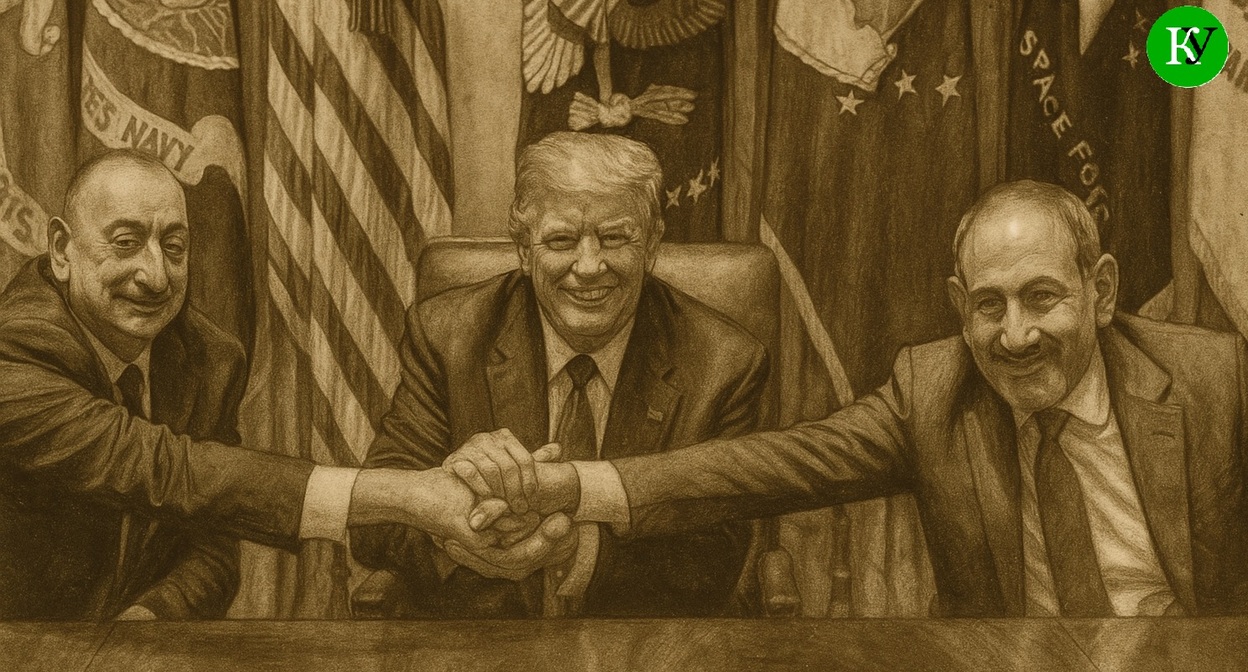The Balkars
They call themselves taulu (?inhabitants of the mountains?), malkars. It?s the aboriginal population of Kabardino-Balkaria. The population of Balkars in Russia is 78,3 thousand people (1989). They belong to the Balkan-Caucasus race of the big European race. They speak the Karachaevo-Balkar Language of the Kupchak (western) subgroup of the Turk group of the Altai branch. There is some unimportant dialect division. Russian language is also common. Literacy is based on Russian alphabet. The believers are Moslems-sunnits.
The ethnogeny of the Balkars as well as the related Karachais was greatly influenced by the Kupchak (Polovets) nomads that assimilated the local and the Alan population. The Balkar nation formed during the period of feudalism and patriarchal remnants that existed until serfdom was abolished in 1867. The final ethnic consolidation of the Balkars was influenced by the formation of the Kabardino-Balkarskaya Autonomous Region (1922), later - Kabardino-Balkarskaya Autonomous Soviet Socialist Republic (1936; at present - Kabardino-Balkarskaya Republic).
The main traditional occupation is distant pasture cattle breeding (small and big cattle, horses); terrace agriculture, hunting. Trades - wool processing, making felt (women), metal, leather and wood processing (men). Traditional dwelling - stone saklya with a flat earthen cover or a two-slope roof. When the family segmented, they added the rooms for the newlyweds (otou). The houses of the feudal lords had the kunak and the military towers. Traditional costume is similar to that of the Kabardins and other neighboring nations. Their food mainly consisted of the dairy and meat products; typical are liver shashlik (zhalbaur), sausages, pies (khuchin) etc., the favorite drink is sour milk (airan). The social and religious life of the Balkars was greatly influenced by their neighbors Kabardins, but they had patronymia for a longer time.
Traditional religious culture includes different calendar (Sabantoi, Gollu) and other holidays. Their rich folklore includes Nart epic stories, rite, labor, historical and other songs, fairy-tales, good wishes (algush) etc.





![Tumso Abdurakhmanov. Screenshot from video posted by Abu-Saddam Shishani [LIVE] http://www.youtube.com/watch?v=mIR3s7AB0Uw Tumso Abdurakhmanov. Screenshot from video posted by Abu-Saddam Shishani [LIVE] http://www.youtube.com/watch?v=mIR3s7AB0Uw](/system/uploads/article_image/image/0001/18460/main_image_Tumso.jpg)